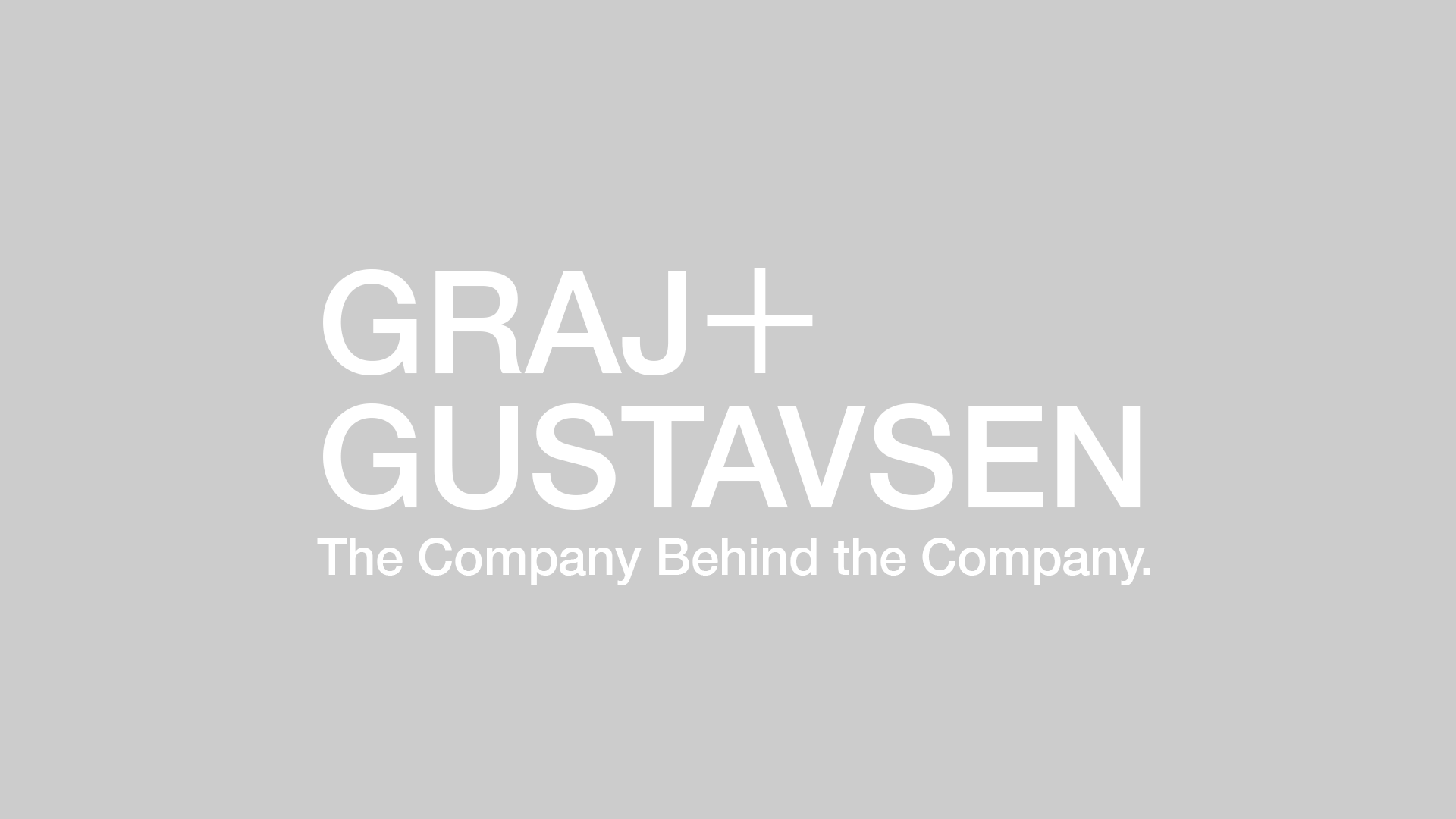The Swiss Army Knife is an icon for a multi-application tool. On the product landscape since 1897, its early options like a bottle opener, mini-scissors, corkscrew, and screwdriver are familiar to us. Have you looked at recent versions? Some knives have flash drives and even MP3 players! Some have specialized wrenches designed for opening and adjusting computer hardware.
There are Swiss Army Knives that retail for $1,200. In the breadth of apps, the Swiss Army Knife may have been an inspiration for today’s smartphones. Today the tables are turned. This versatile pocket knife’s design is being influenced by the very compact multi-purpose high technology it prefigured.
Why has this classic tool evolved? Because we live in a different wilderness than we did just a century ago. And, it’s a wilderness in which we are all nomads. The overwhelmingly tangled undergrowth enmeshes technology, information, and emotionally-rooted experience.
Blueprints were originally engineering documents to create products. The purpose and operation of most items were generally self-evident. When they weren’t, a simple instruction sheet taught you the basics and pointed out what needed an occasional squirt of oil to keep the unit running smoothly. Look at the owners’ manual that accompanies today’s typical HDTV. Instructions have become so complex, few of us get beyond the quick-start guide . . . and the idea of do-it-yourself home service has become laughable.
In the new marketplace, I see an emerging need for a next generation of consumer blueprint, one that recognizes the consumer’s appetite for a different level of information. Go to the T-Mobile website and skim the profile of the forthcoming 3G smartphone. An evolutionary timeline unfolds, revealing multiple aspects of this gadget. The mini-presentation weaves an organic path of attributes with a sense for how they came to be. The background deftly deconstructs the phone.
Why is this sense of place and purpose important? We want to know where things come from because we have become so disassociated from modern development and manufacturing processes. For tech gear and even high-performance apparel, we want to be in touch with a product’s genetic footprints. It’s like the provenance for an artwork or fine wine.
You appreciate the end product better when you can see the chain of events that made it, and the sequence is effectively explained. When the opportunities to personalize the product are unveiled, you open the door to meaningful ownership of product (and brand) identities on the part of consumers.
A consumer blueprint is a navigation tool. In a world of nomads, navigation is paramount . . . and effective, compelling map-making is king.

